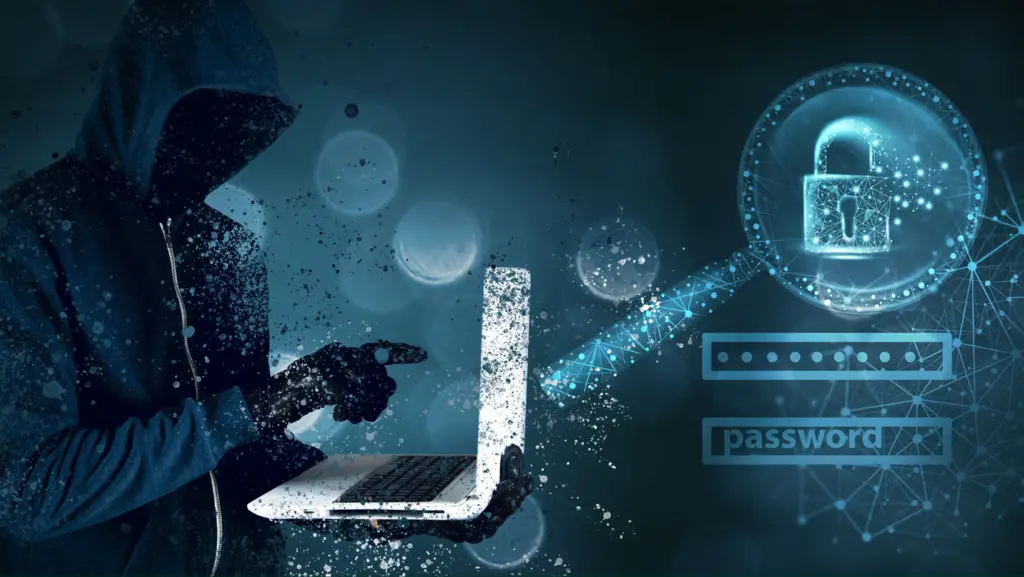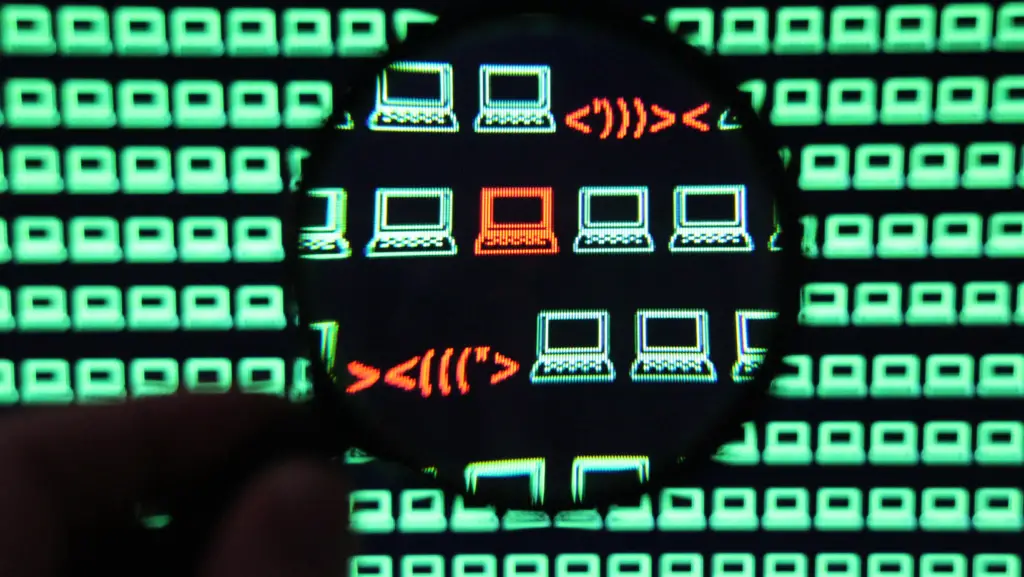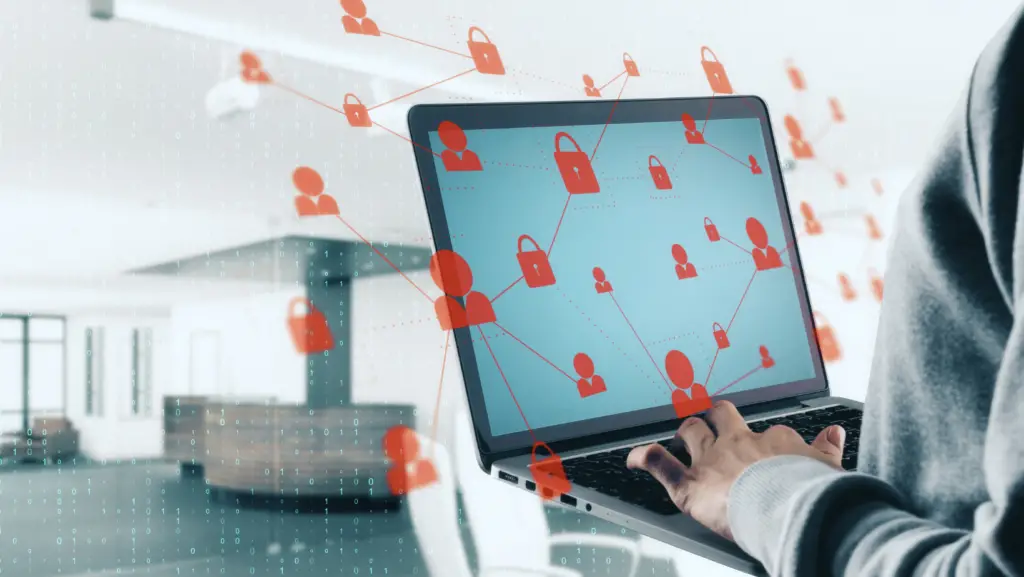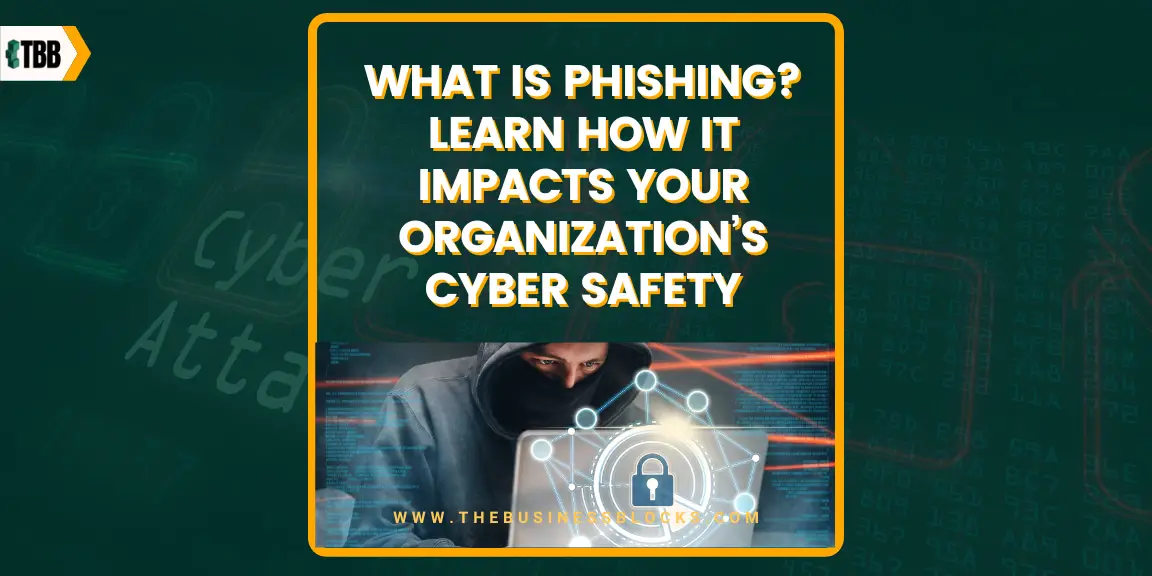In today’s increasingly digital world, cyber security is a priority, and phishing is one of the biggest threats organizations of all sizes face. Phishing aims to obtain sensitive information such as usernames, passwords, and financial data by impersonating legitimate sources to access confidential information or networks. It can devastate an organization’s level of security if successful, yet many may not be aware of its impacts.
Are you worried About your Company’s Cyber Safety?
Phishing is one of the most common types of attacks used by cybercriminals. It involves sending emails that appear to come from legitimate companies to steal personal information or financial data. Attackers also use phishing to infect computers and networks with malicious software. Knowing what phishing is and how it works can help protect organizations from these attacks.
Let us give you the tools you need to understand phishing techniques and steps to defend against them so your organization always stays secure. Learn about different approaches attackers take, recognize signs of an attempted scam, and discover how to respond efficiently when a breach occurs.
What is Phishing?

Phishing is a term that is becoming more and more relevant in today’s digital age. This cybercrime involves individuals or groups attempting to deceive others into providing sensitive information such as passwords or credit card numbers over the internet.
These attacks can come in various forms, including emails, text messages, or even social media messages. The ultimate goal of a phishing scam is to gain access to personal information that can be used for fraud.
Phishing is a type of social engineering that criminals use to steal sensitive data, infect computers, and infiltrate company networks.
How Does a Phishing Attack Work?
Phishing attacks trick users into providing their passwords or other sensitive information. Attackers often impersonate a legitimate organization and use email, text messages, or social media to reach out to victims. These messages typically contain malicious links or attachments that can be used to steal confidential data.
The phishing attack works by:
- Creating an email or message that appears to be sent from a legitimate organization.
- Including a link or attachment that looks like it comes from the same source but contains malicious code.
- Taking advantage of the victim’s trust in the organization or individual sending the message and gaining access to sensitive information.
The attack aims to gain access to someone’s account credentials, bypass security measures, or install malicious software. Attackers may also use this information to access sensitive data stored on the victim’s computer or network.
How Does Phishing Happen?
Phishing usually happens when an unsuspecting victim responds to fraudulent requests that demand action, which include:
- Opening attachments.
- Clicking on malicious links.
- Providing personal information.
- Downloading malware-infected files.
The attackers may also use phishing techniques to spread ransomware or other malicious software. This type of attack can be difficult to detect and have serious consequences if not properly addressed.
What Are The Different Types Of Phishing?

There are many types of phishing campaigns, each with a unique approach.
These include:
Phishing emails are the most common type of phishing attack. Attackers craft convincing emails that appear to be sent from legitimate organizations and contain malicious links or attachments. It is typically promoted as a sense of urgency, often leading victims to click on the malicious link.
Spear Phishing
This type of phishing is more targeted, focusing on specific individuals in a company or organization. It is often used to gain access to confidential data such as passwords or financial information.
Link Manipulation
This technique involves manipulating links in emails or websites to direct victims to malicious websites. Attackers also use this method to redirect users to phishing pages where they can enter their credentials.
Fake websites
Attackers create fake websites or web pages that mimic legitimate websites in this attack. Victims are then tricked into entering their login credentials and other sensitive information on these malicious sites.
Malware
Malicious software or malware is often used to infect computers or networks. Attackers use this type of phishing attack to gain access to sensitive information and damage systems.
These are just a few of the different types of phishing attacks that attackers use. As technology advances and cybercrime becomes more sophisticated, new methods are constantly being developed.
What are the Impacts of Phishing on Your Organization’s Cyber Safety?

Phishing attacks can devastate businesses, ranging from financial losses to reputational damage. Attackers may attempt to steal confidential information, spread malicious software, or use your organization’s resources for other malicious activities.
The consequences of a successful phishing attack can be:
- Financial losses, such as stolen funds or damaged equipment.
- Lost customer data or intellectual property.
- Decreased productivity resulting from downtime and employee training needs.
- Reputational damage due to a breach in security and the associated negative publicity.
The impacts of Phishing on your organization’s cyber safety can be far-reaching and long-lasting.
Some example impacts include:
- Increased security risks, such as data breaches or identity theft.
- Reduced customer trust and loyalty due to a breach in security.
- Decreased employee morale due to the negative publicity associated with the attack.
- Damaged business relationships if confidential information is compromised.
The cost of a phishing attack can be difficult to quantify, but it is estimated that the average cost of a successful attack can range from hundreds to thousands of dollars per user. Organizations must remain vigilant and take the necessary steps to protect themselves from these threats.
5 Signs That A Phishing Scam May Have targeted you
Phishing scams are becoming increasingly sophisticated, making it difficult to tell if you’ve been targeted.
Here are five signs that a phishing scam may have targeted you:
1) Suspicious emails
If you receive an email from an unknown sender with suspicious content, there’s a good chance it’s a phishing email scam. Always check the sender’s email address and look for any grammatical errors in the message.
2) Requests for confidential information
Beware emails requesting confidential information such as usernames, passwords, or credit card numbers. Legitimate companies will never ask for this type of information via email.
3) Unusual requests
Be cautious of emails that make unusual requests, such as sending money or downloading a file from an unknown source. These could be signs of a phishing scam.
4) Urgent messages
If you receive an email to pressure you into taking immediate action, it could be a sign of a phishing scam. Fraudsters often use urgency to get people to act without thinking.
5) Poorly designed website
If you receive an email with a link to a website, take the time to review the site and make sure it looks legitimate. Poorly designed websites could be a sign of a phishing scam.
If you’re unsure, contact the company directly to verify the request before taking action.
By being aware of these signs and following best practices, organizations can help protect themselves from becoming victims of phishing scams.
How Can You Identify and Respond to a Phishing Attack?

From phishing messages to suspicious emails, recognizing the signs of a phishing attack can help your organization stay safe.
You can identify a phishing attack by:
- Watching for suspicious emails, including those with generic greetings, spelling and grammar errors, or strange requests.
- Check the sender’s email address to verify if it is from a legitimate source.
- Investigating any links or attachments in the message before clicking on them.
- Being aware of any sudden requests for confidential information or money.
There are several key steps to take when responding to a suspected phishing attack:
1) Verify the source
Before taking action, always confirm that an email or message is from a legitimate source.
2) Delete immediately
If you suspect an email is illegitimate, delete it immediately and do not click on any links or attachments.
3) Report the attack
Report the incident to your IT security team as soon as possible so they can investigate and respond accordingly.
4) Educate employees
Ensure your employees know the signs of a phishing attack and how to identify them. Provide regular training on the latest security threats and best practices for identifying suspicious emails or messages.
By following these steps, your organization can stay safe from phishing attacks and protect itself against cybercrime.
What Steps Should Organizations Take To Protect Against Phishing Scams?
Phishing attempts will continue to increase in sophistication and frequency as technology advances. Organizations should take steps to protect themselves from phishing scams, such as:
1) Implement effective security measures
Organizations should implement strong security measures, such as multi-factor authentication and password management systems, to protect against unauthorized access. Personal details should also be encrypted and stored securely.
2) Educate employees on cyber safety
Ensure employees know the risks associated with phishing attacks and how to identify them. Regular security awareness training can help raise employee awareness and protect against future attempts. User training and education are key to reducing the risk of a successful attack.
3) Implement a response plan
Organizations should have a clear incident response plan in place for when an attack occurs. This should include mitigating damage, preserving evidence, and reporting the incident.
4) Monitor networks
Regularly monitor your organization’s networks for suspicious activity or malicious traffic. This can help identify potential threats before they become a problem.
5) Utilize anti-phishing solutions
Organizations should consider using anti-phishing solutions such as firewalls, intrusion detection systems, install malware and anti-virus software to protect against malicious attacks.
By taking these steps, organizations can better protect themselves from phishing scams and the associated damages they can cause.
What Are The Best Practices To Prevent Phishing Attacks?

The best way to protect your organization from phishing attacks is to be proactive and take steps to prevent them.
Incorporate cyber security best practices into daily operations.
Organizations should adopt cyber security best practices, such as multi-factor authentication, two-step verification, and strong passwords. These measures will help protect against unauthorized access to confidential information.
Train employees on proper email and internet usage.
Regularly train employees on safe email and internet use. Ensure they know the signs of a phishing scam and how to identify them.
Educate employees on suspicious activity.
Ensure employees are aware of potential red flags, such as requests for confidential information or money. Remind them to report any suspicious emails or websites they encounter.
Implement anti-phishing tools.
Organizations should consider implementing anti-phishing tools such as firewalls, intrusion detection systems, and malware and anti-virus software. These solutions can help detect malicious activity on your networks.
Incorporate these measures into your organization’s security strategy, and you’ll be better protected against phishing attacks. If an attack occurs, it’s important to have a response plan ready to help mitigate the damage and prevent similar incidents from occurring in the future.
The Future of Phishing Prevention
Phishing attacks will continue to be a major security concern for organizations. To stay ahead of the curve, businesses should continuously monitor their networks and proactively implement measures to protect against this kind of scam.
Organizations should also remain aware of attackers’ new techniques and adapt their security strategies accordingly. With the right measures in place, organizations can be better prepared for the future of phishing prevention.
There is no one-size-fits-all approach to preventing phishing attacks. Still, with diligent preparation and vigilance, organizations can stay ahead of the attackers and protect their data from malicious actors.
Frequently Asked Questions About What is Phishing?
Q: What impact does phishing have on an Organization?
A: If successful, attackers can gain access to confidential information and data, resulting in financial losses, reputational damage, and disruption of operations.
Q: Why is phishing so effective?
A: Phishing attacks rely on deception and manipulation to trick targets into taking action that results in financial or data loss.
Q: What is the purpose of phishing?
A: Attackers use phishing to access confidential information and data or manipulate victims into taking action that results in financial losses.
Q: Why might phishing be a concern for organizations?
A: Attackers can use social engineering techniques to manipulate victims into providing confidential information or authorizing payments.
Final Thoughts
Crafting an effective phishing defense requires more than just a technical solution. Organizations must also have an effective policy in place and know the signs of suspicious activity and how to respond should one of their employees become a cyber target. Everyone within an organization should also be educated on how to recognize potential phishing attempts and what steps can be taken to protect against them to maintain good cyber hygiene for the organization at large.
Ultimately, the cost of preparing for such an attack is minor compared to the residual costs associated with damage repair after cybercriminals have compromised your network.

